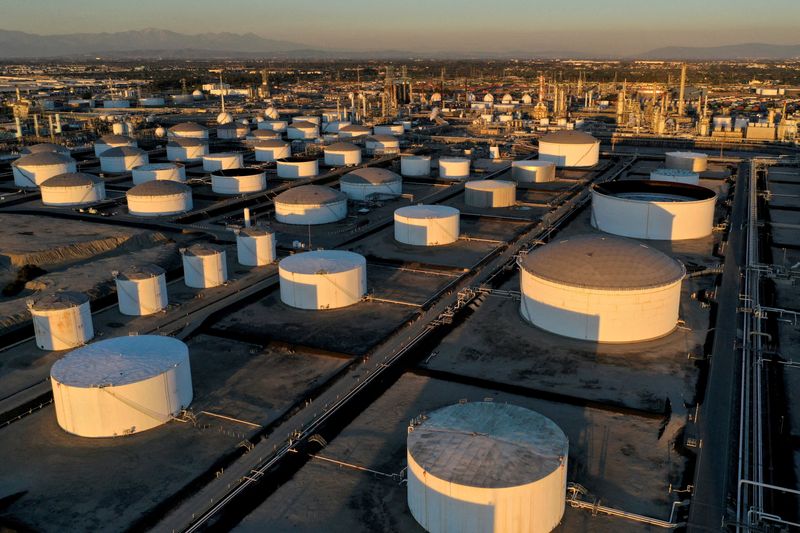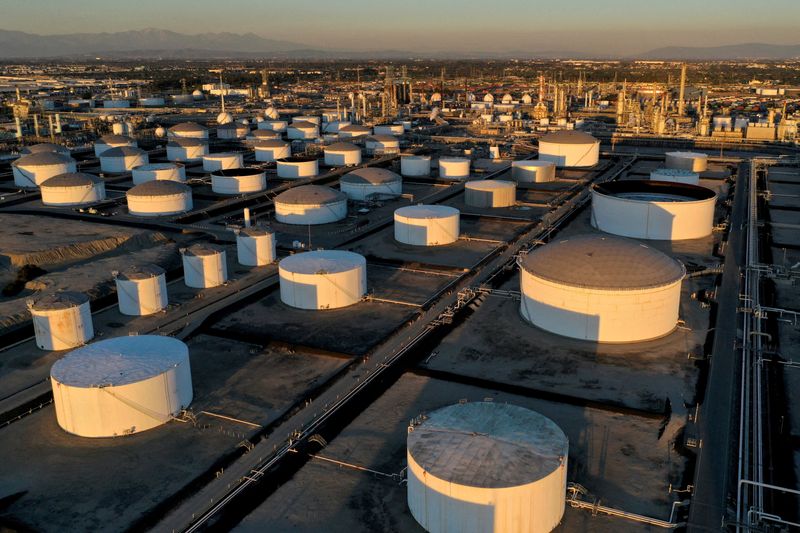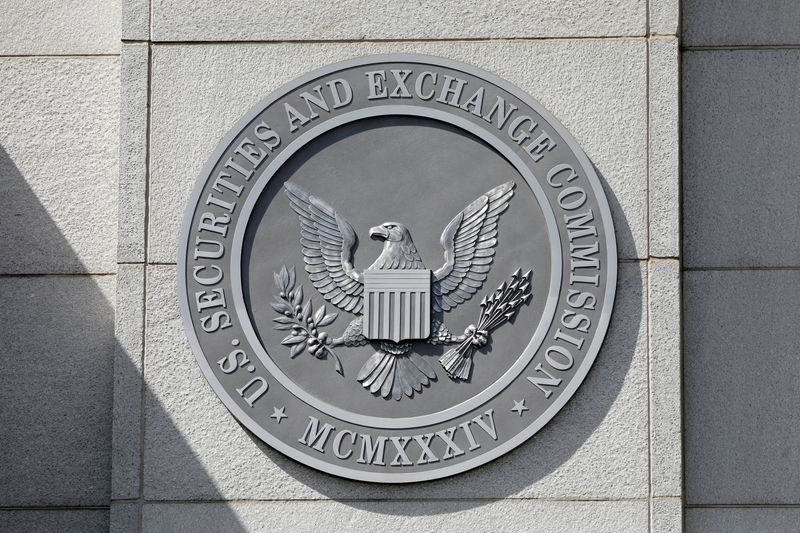
By Laila Kearney
NEW YORK (Reuters) – Oil prices fell on Wednesday as the market cautiously awaited a rate cut announcement from the Federal Reserve, while investors digested a mixed crude and fuel storage report out of the United States.
Brent crude futures for November lost 55 cents, or 0.8%, at $73.15 a barrel at 11:58 a.m. EDT (1558 GMT). U.S. crude futures for October shed 53 cents, or 0.7%, to $70.66.
Crude inventories fell by 1.6 million barrels to 417.5 million barrels in the week ending Sept. 13, the Energy Information Administration (EIA) said, compared with analysts’ expectations in a Reuters poll for a 500,000-barrel draw.
While the EIA’s report was more supportive of oil prices than Tuesday’s American Petroleum Institute figures, investors likely considered the crude drawdown to be affected by last week’s hurricane Francine, a short-lived event, said Bob Yawger, director of energy futures at Mizuho bank.
“It’s a hurricane report to a certain degree,” said Yawger, who added that a slowdown in crude input to refineries last week kept prices lower.
Gasoline and distillate inventories, meanwhile, rose slightly last week.
“Minimal movement in gasoline and distillate inventories means all eyes shift now to the Fed rate decision,” said Matt Smith, analyst at Kpler.
The Federal Reserve is expected to make its first interest rate cut in more than four years at 1800 GMT, with markets pricing in a 63% chance of a 50 basis-point reduction.
“Probably the uncertainty of the magnitude of the likely Fed rate cut later today is also keeping investors cautious,” said UBS analyst Giovanni Staunovo.
Brent has staged a recovery since falling below $70 to its lowest since December 2021 on Sept. 10. It faces resistance at around $75 due to weak global refinery margins that signal sluggish demand, he added.

Earlier in the session, oil found some support from risks of increased violence in the Middle East disrupting supply after Hezbollah accused Israel of attacking the militant group with explosive-laden pagers in Lebanon. Hezbollah promised to retaliate against Israel, whose military declined to comment on the blasts.
“The end of peak summer demand and a negative shift in traders’ sentiment have contributed to the price drop, though potential conflicts in the Middle East still pose a risk of supply disruptions,” said Mazen Salhab, Chief Market Strategist MENA at BDSwiss.
This post is originally published on INVESTING.





